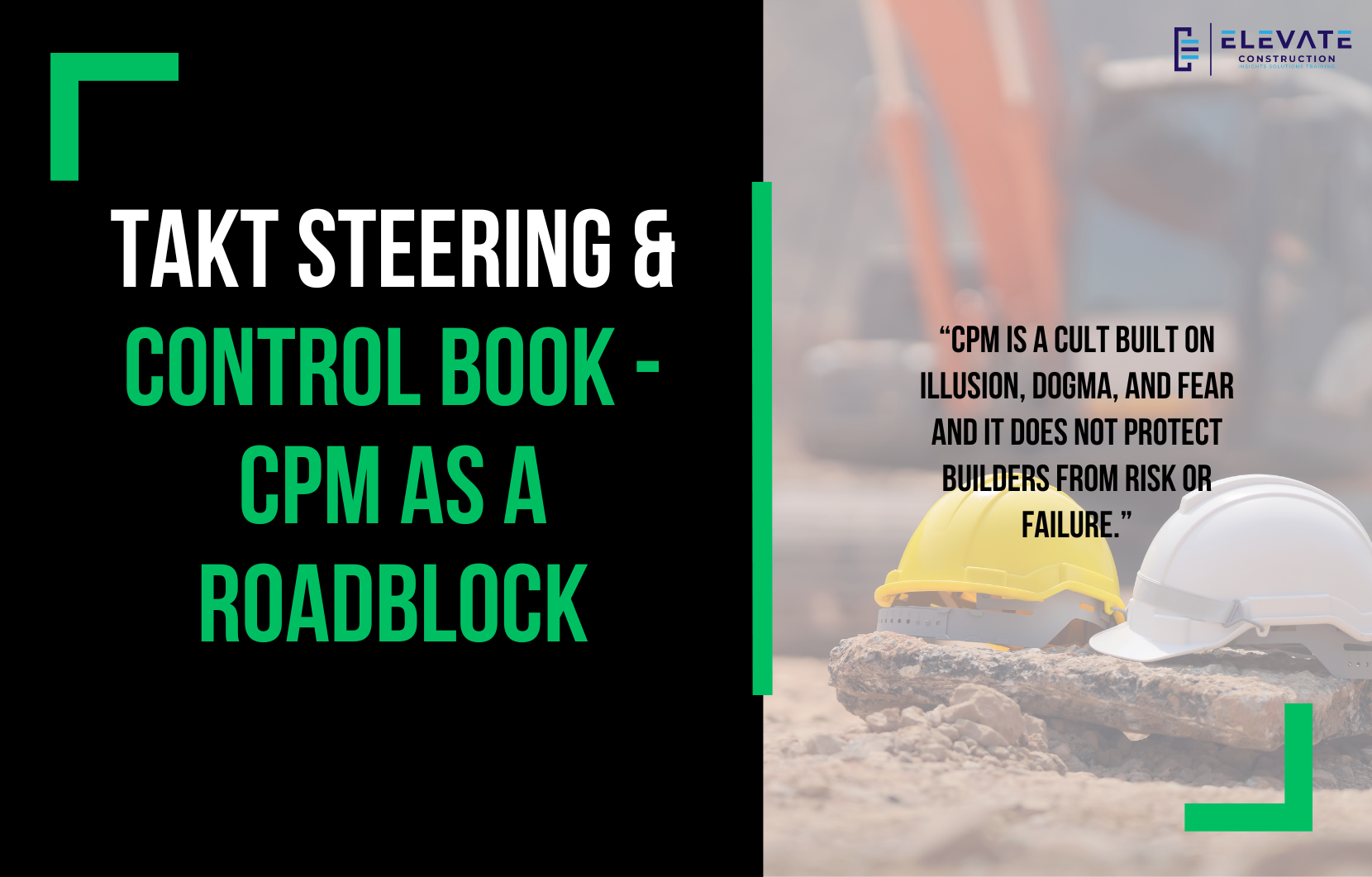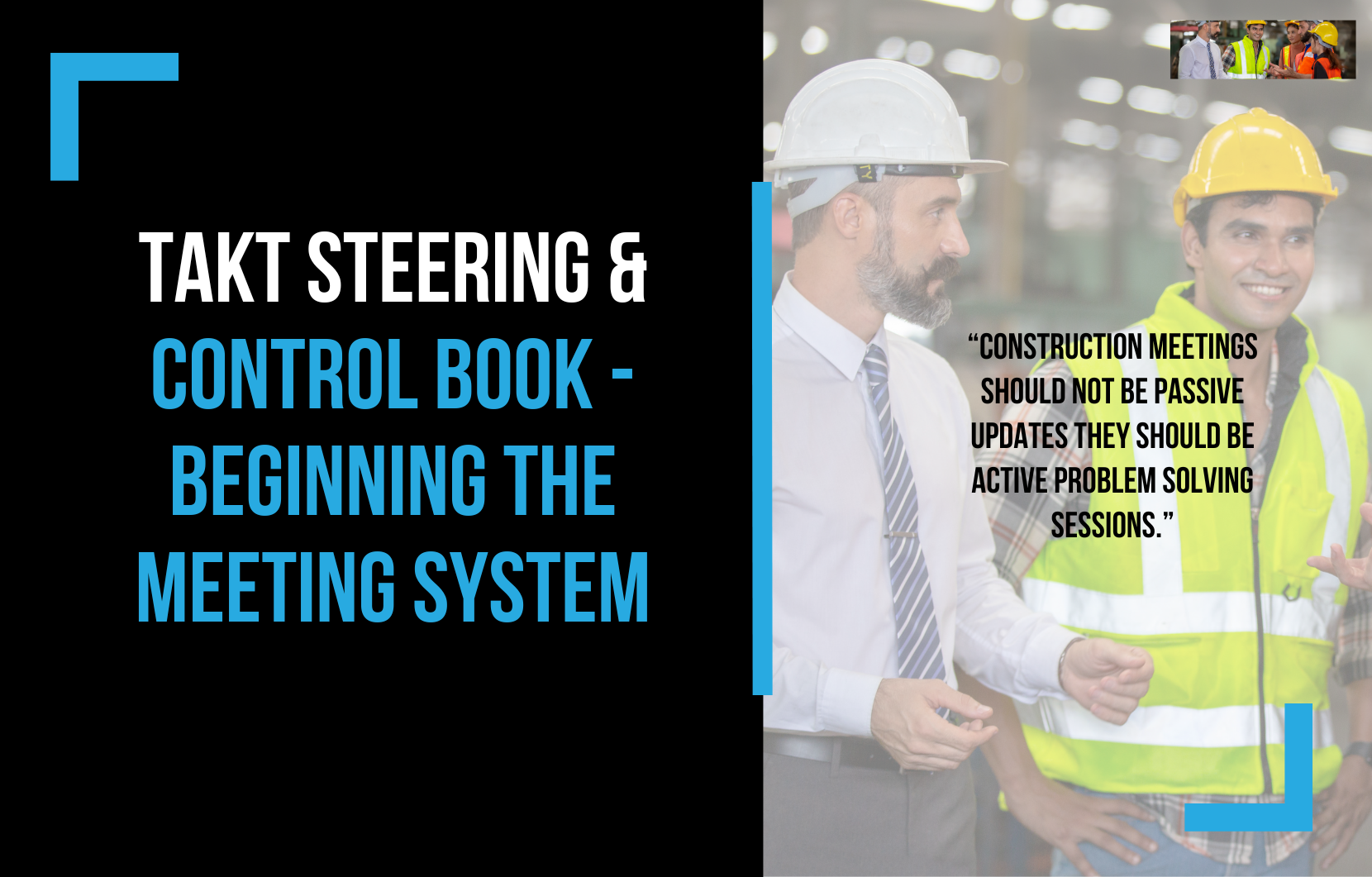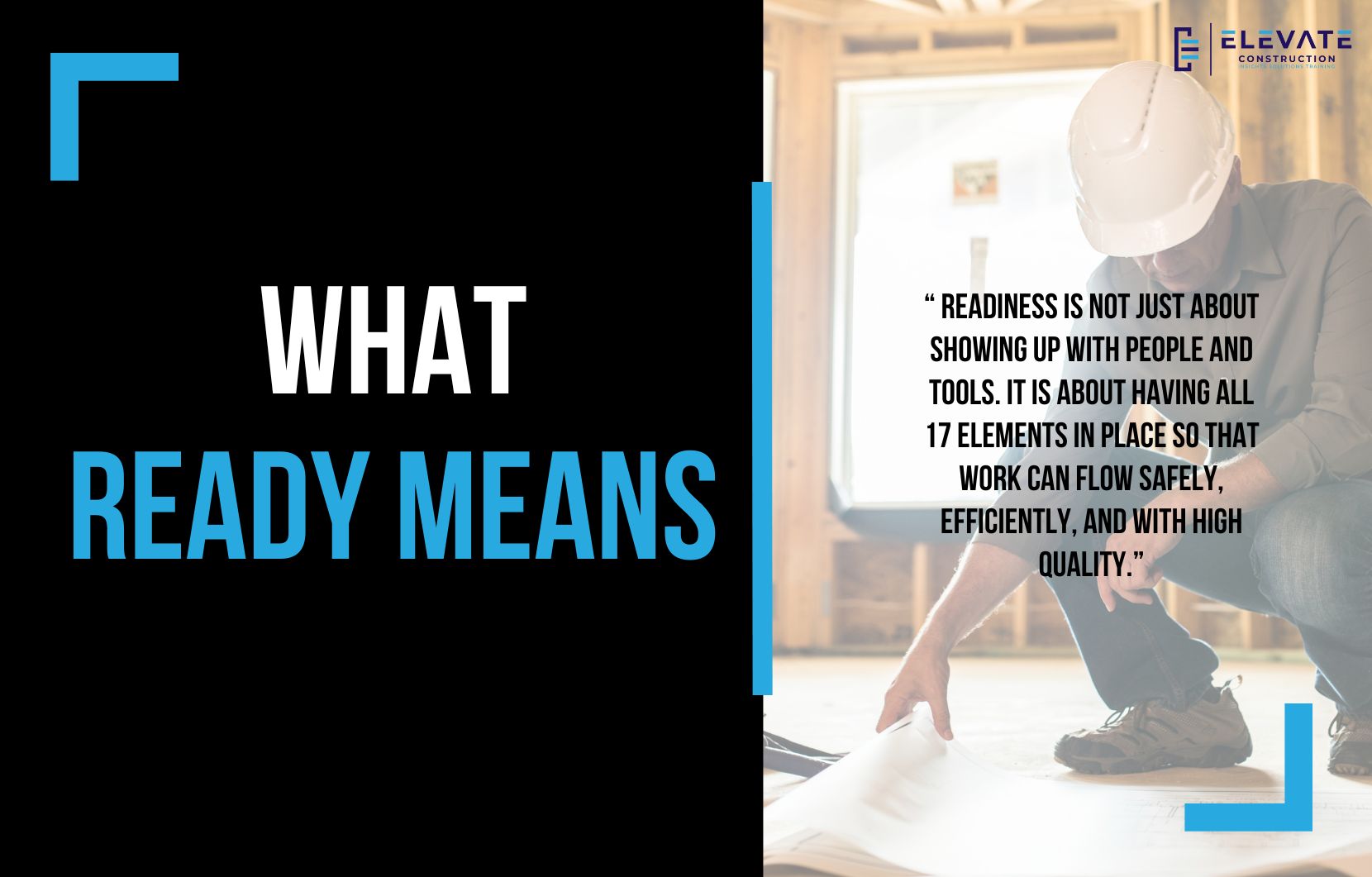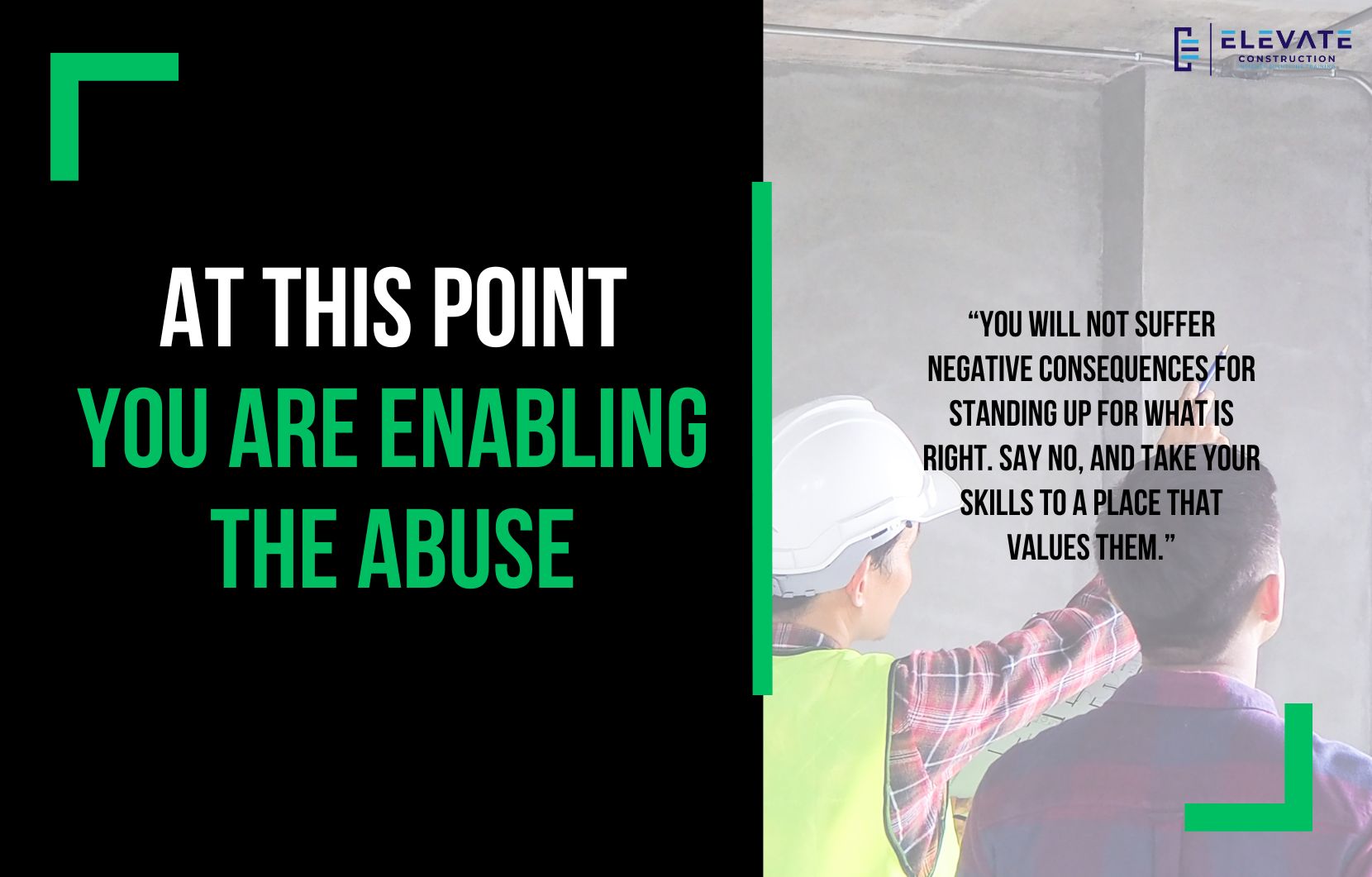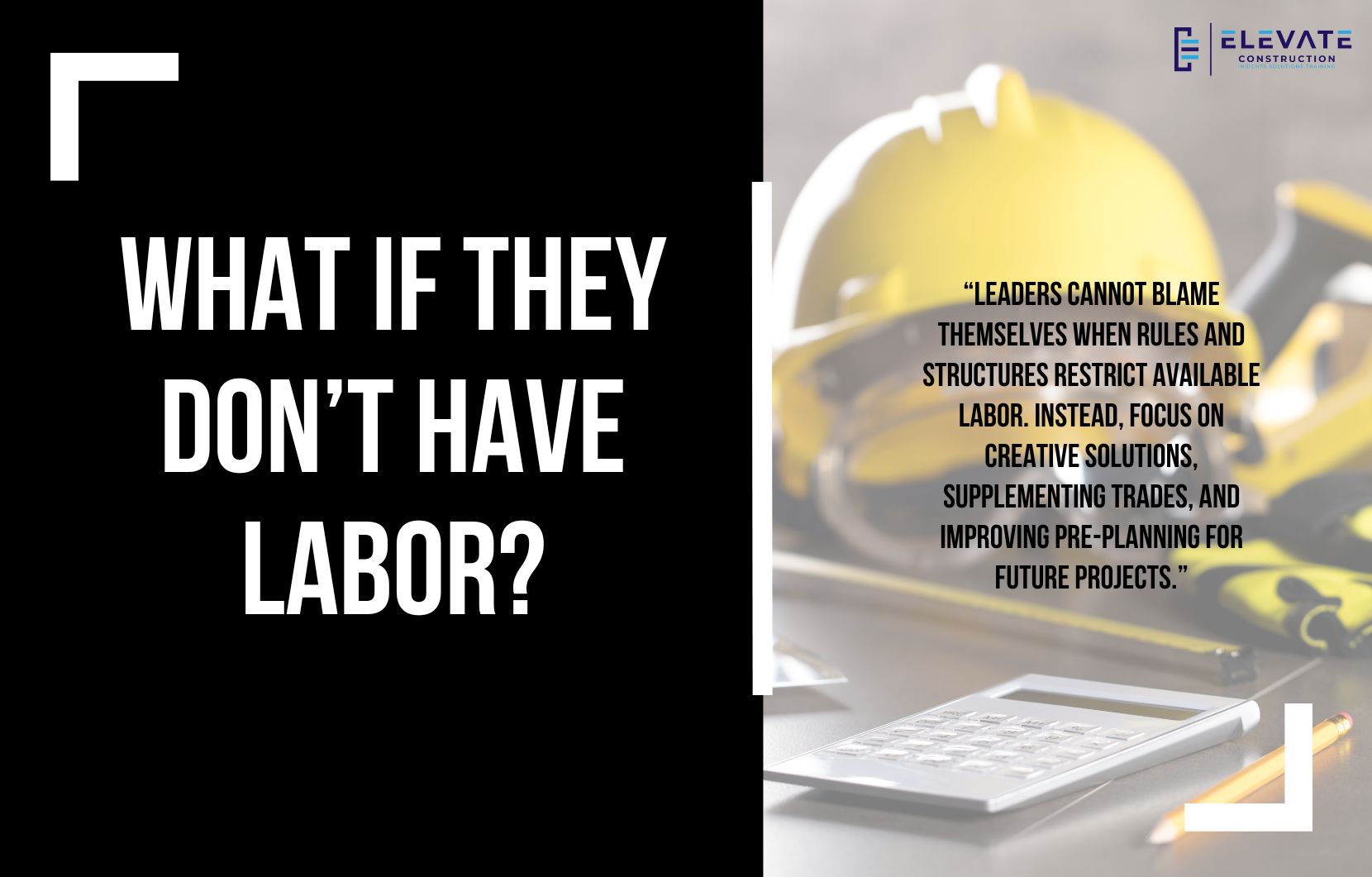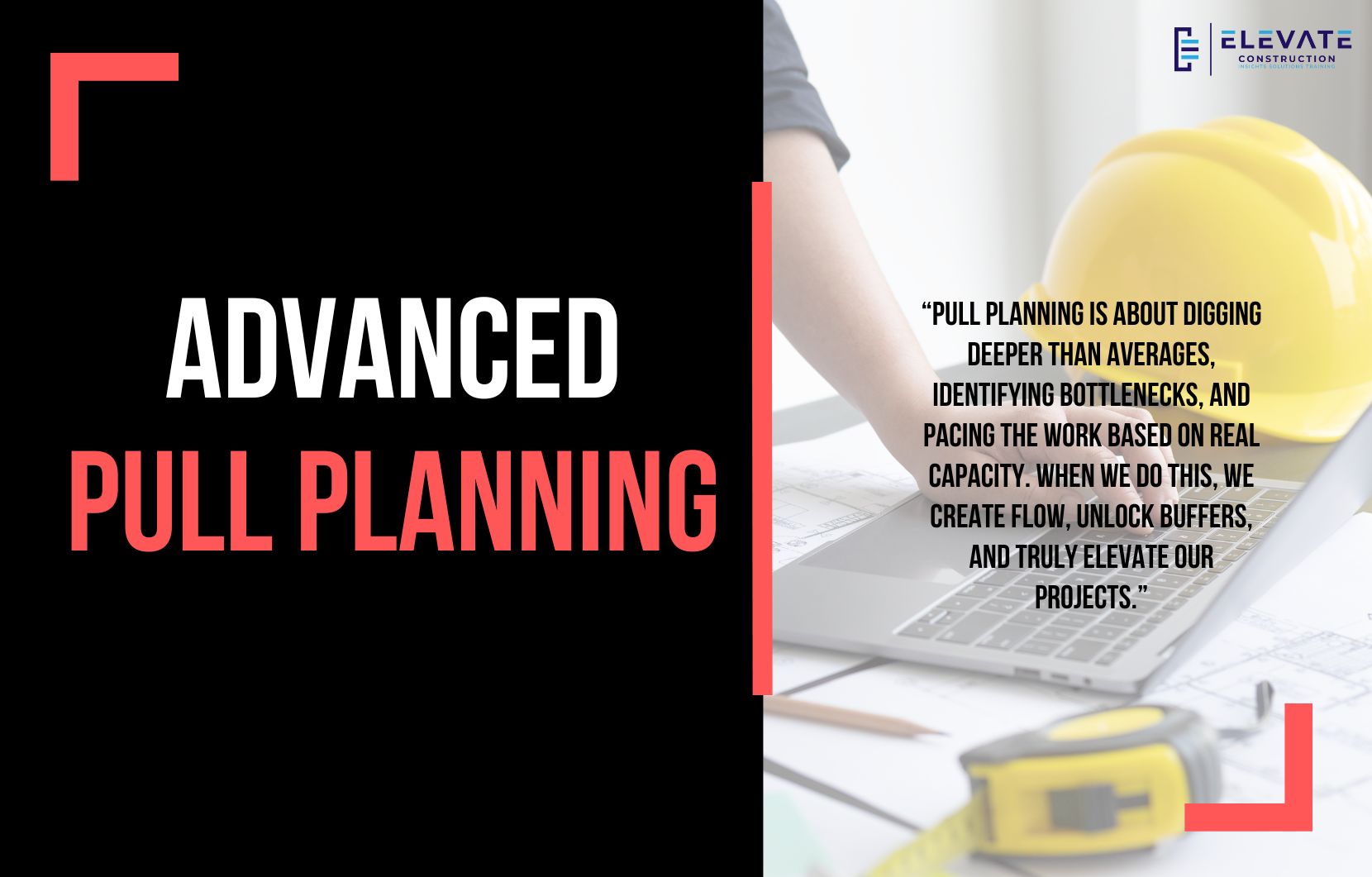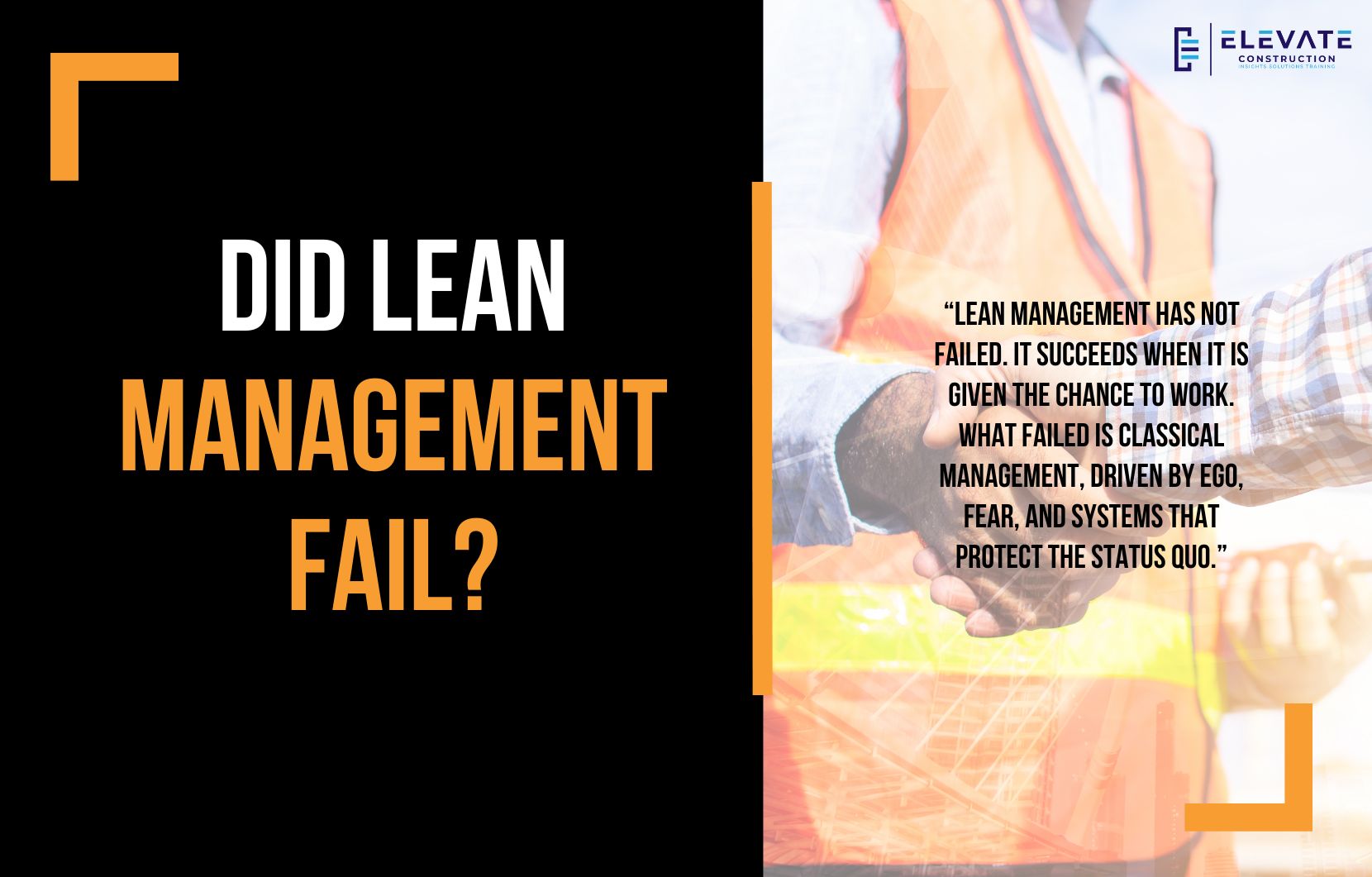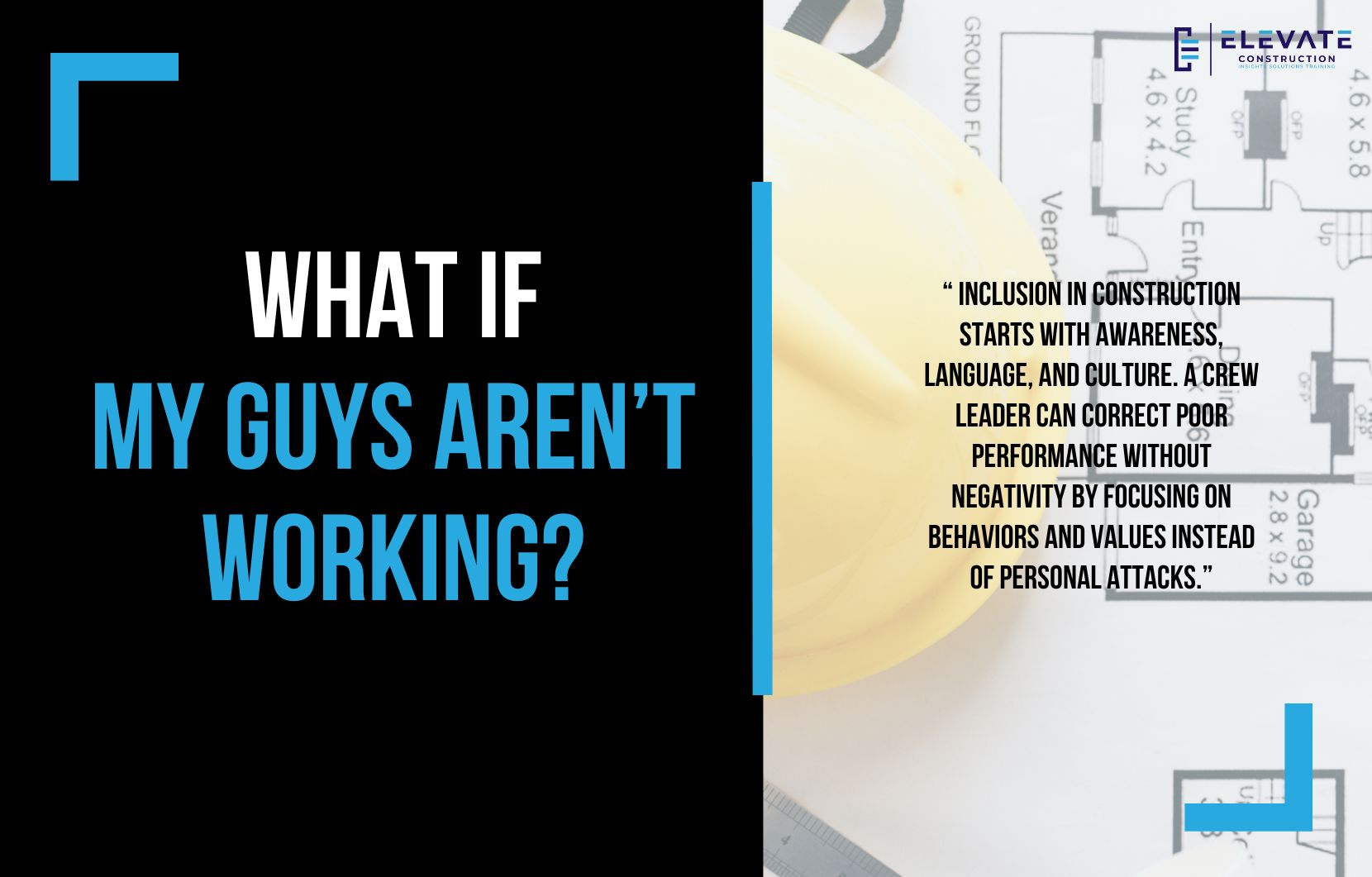Why Builders Must Move On
Let’s continue with a rant that’s been building for years, CPM (Critical Path Method) is a cult and it’s time we escape it. For too long, contractors, project managers, and even owners have been shackled to a system that doesn’t serve the reality of construction.
Here’s why CPM is more dangerous than helpful and why we need to move past it:
- The Illusion of Control
CPM promises flow and predictability, but the schedules rarely match what actually happens on the job site. It’s a false sense of security.
- The Sacred Spreadsheet
Data gets passed around like Holy Scripture Excel to scheduling software and back again without ever questioning whether the process adds value.
- The Shield of Unaccountability
Leaders hide behind CPM schedules as if the Gantt chart is responsible for missed deadlines. It’s an easy scapegoat that removes accountability.
- The Planner’s Burden
Planners are treated like all-knowing prophets, estimating durations for tasks they’ve never even seen. It’s blind faith at its worst.
- The Manipulation Mandate
Schedules are regularly “massaged” to show progress that doesn’t exist. Reality gets buried for the sake of optics.
- The Prophecy Without Vision
Too often, we’re asked to schedule projects before designs are even complete. That’s not planning it’s guessing with a magic eight ball.
- The Vow of Silence
Project leaders ignore scheduling problems because acknowledging them would reveal uncomfortable truths.
- The Unquestioned Dogma
Thousands of activities and links go unreview, treated like sacred texts nobody reads but everyone swears by.
- The Site Heretics
Field teams who adapt to reality are seen as “breaking faith” with the almighty CPM schedule.
- The Forbidden Knowledge
Overall project schedules are often guarded like secret recipes, hidden from the very people who need them most.
- The Lone Prophet
Planners left to manage CPM alone become isolated, ignored, and ineffective.
Why This Matters
At the end of the day, hiding behind CPM is no different than a general contractor outsourcing surveying and pretending they’ve shed the risk. When things go wrong and they will it’s still your responsibility. CPM doesn’t protect you in court, and it doesn’t build projects in the field.
The solution? Plan the project like a builder. Use methods that create flow, visibility, and accountability such as Takt planning. If you’re required by contract to provide a CPM schedule, do it, but don’t confuse that with actually building the job right.
Don’t put CPM in your contracts. Don’t force teams to use it. Don’t measure success by it. Most importantly, don’t let the fear of legal pressure push you into doing the wrong thing.
For resources on how to move forward, check out TaktGuide.com where you’ll find tools, contract language, and practical steps to keep projects healthy.
Key Takeaway
CPM is a cult built on illusion, dogma, and fear and it does not protect builders from risk or failure. Real accountability and success come from builder based planning methods like Takt that create flow, visibility, and reliability. Stop hiding behind schedules that don’t work, and start building projects the right way.
If you want to learn more we have:
-Takt Virtual Training: (Click here)
-Check out our Youtube channel for more info: (Click here)
-Listen to the Elevate Construction podcast: (Click here)
-Check out our training programs and certifications: (Click here)
-The Takt Book: (Click here)
Discover Jason’s Expertise:
Meet Jason Schroeder, the driving force behind Elevate Construction IST. As the company’s owner and principal consultant, he’s dedicated to taking construction to new heights. With a wealth of industry experience, he’s crafted the Field Engineer Boot Camp and Superintendent Boot Camp – intensive training programs engineered to cultivate top-tier leaders capable of steering their teams towards success. Jason’s vision? To expand his training initiatives across the nation, empowering construction firms to soar to unprecedented levels of excellence.
On we go

